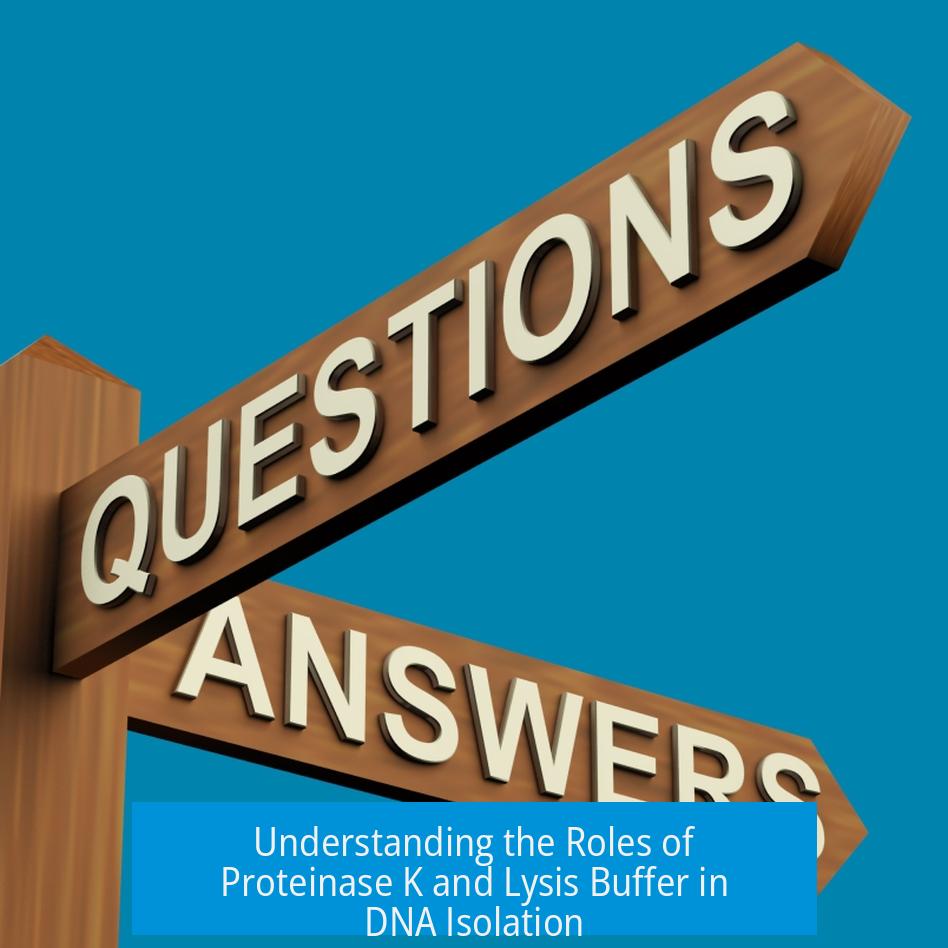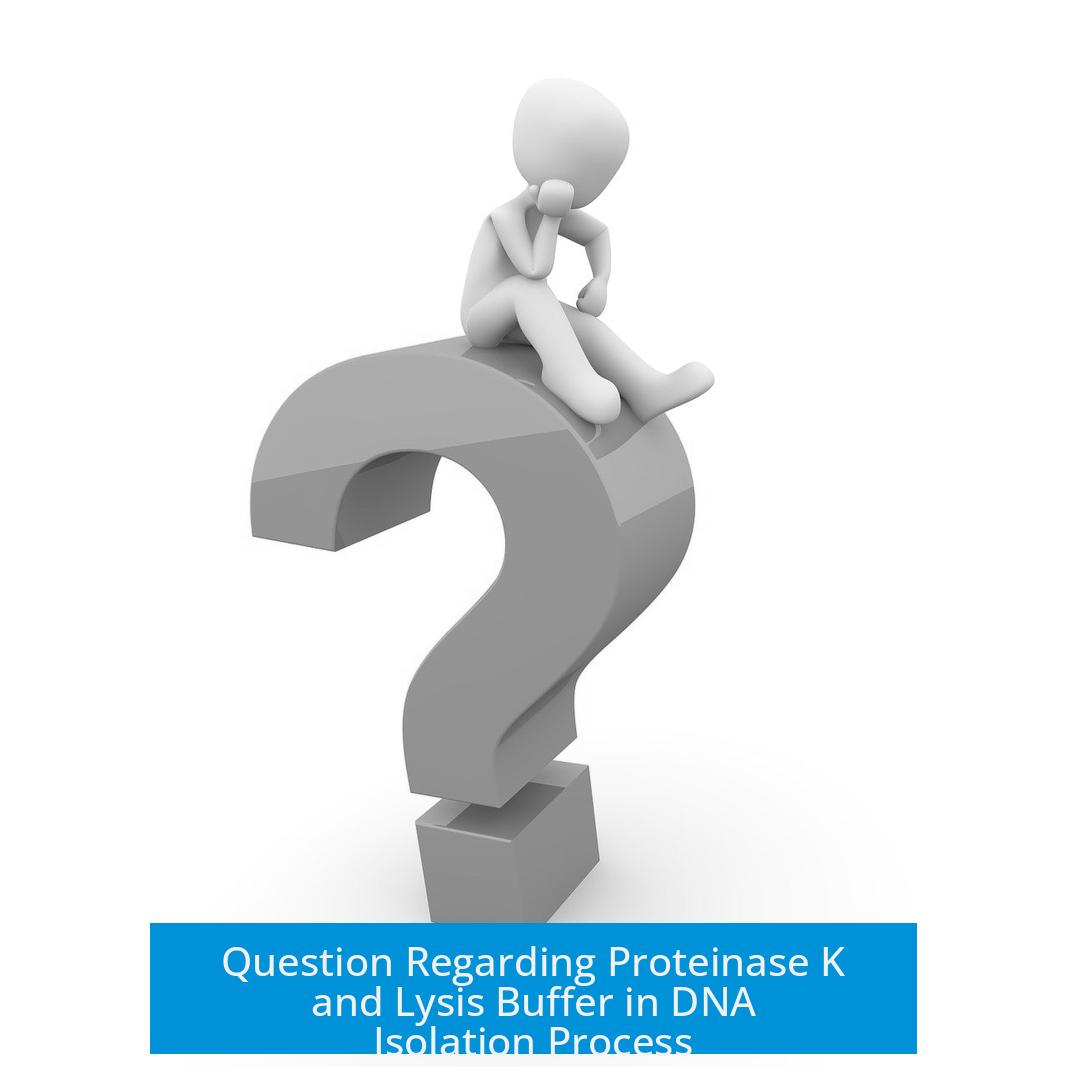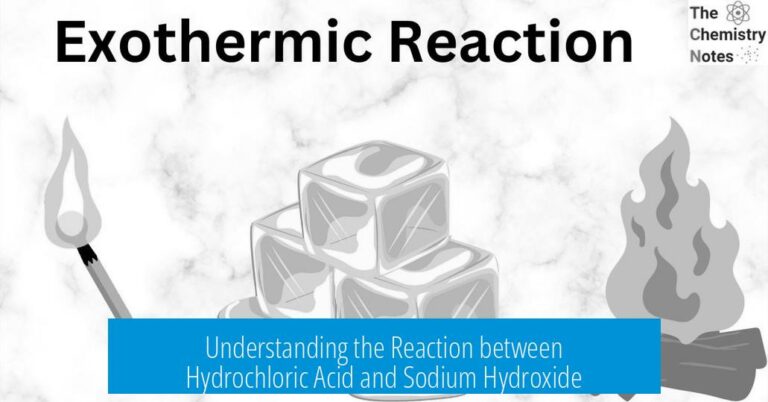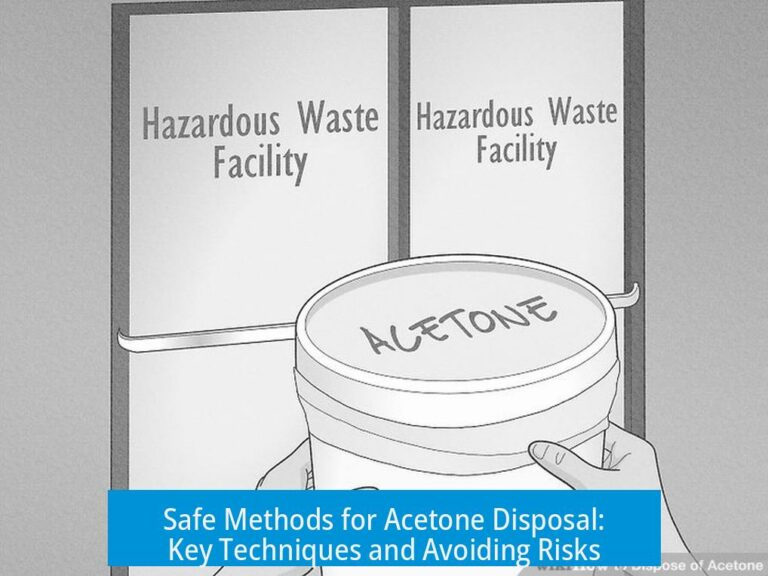Understanding the Roles of Proteinase K and Lysis Buffer in DNA Isolation

Proteinase K and Lysis Buffer work together to efficiently isolate high-quality DNA by breaking down cellular components and degrading contaminating proteins. Their combined action ensures both maximum DNA yield and purity. Each serves a distinct function during extraction but enhances the other’s effectiveness.
Proteinase K Function
- Proteinase K is a protease enzyme that digests proteins into small peptides.
- It specifically degrades proteins contaminating DNA, including histones bound to DNA and DNases that degrade DNA.
- In blood samples, Proteinase K targets hemoglobin, which constitutes about 37% of red blood cell content.
- It remains active even in the presence of denaturing agents found in lysis buffers that unfold proteins, granting better access and more complete digestion.
- The enzyme’s activity is enhanced up to 300% by chaotropic agents (e.g., guanidine hydrochloride) and detergents (e.g., Triton X-100) in lysis buffers.
- Proteinase K reduces nuclease activity released when cells lyse, protecting DNA integrity during extraction.
Lysis Buffer Function
- Lysis buffer’s primary role is to disrupt cell membranes and nuclear envelopes, releasing DNA into solution.
- It contains detergents that break down phospholipid bilayers, effectively lysing cells.
- Denaturing additives within the buffer unfold proteins, improving Proteinase K’s efficiency.
- The buffer’s effectiveness influences the presence of residual histones or DNA-bound proteins, which affect DNA purity and can cause shearing.
Synergistic Action of Proteinase K and Lysis Buffer
The combination of Proteinase K and lysis buffer is crucial. Without lysis buffer, DNA yield is drastically reduced. Without Proteinase K, isolated DNA is often of low quality due to remaining proteins.
Proteinase K’s proteolytic activity increases in the buffer’s denaturing environment. This synergy destroys histones and DNases, enhancing DNA purification efficiency and integrity.
Alternatives for Rapid DNA Extraction
- Some kits like Terra Red direct PCR combine lysis and PCR steps, allowing quick diagnostics without separate DNA purification.
- These kits offer convenience but may not replace traditional extraction for applications requiring high-purity DNA.
Key Takeaways
- Proteinase K digests proteins contaminating DNA, including hemoglobin, histones, and nucleases.
- Lysis buffer disrupts cell membranes and nuclear envelopes, releasing DNA for extraction.
- The denaturing agents in lysis buffer unfold proteins, enhancing Proteinase K activity up to 300%.
- Both components act synergistically to maximize DNA yield and purity.
- Quick PCR kits may bypass traditional extraction but offer less pure DNA for downstream applications.
What role does Proteinase K play in breaking down proteins during DNA isolation?
Proteinase K digests proteins into smaller peptides. It removes proteins that could contaminate DNA, including hemoglobin in red blood cells. This helps improve DNA purity during extraction.
How does the lysis buffer assist Proteinase K in DNA extraction?
The lysis buffer breaks down cell membranes and nuclear envelopes, exposing DNA. Its denaturing agents unfold proteins, allowing Proteinase K to access more protein sites, enhancing its activity.
Why is it important to use both Proteinase K and lysis buffer together?
Using both ensures high DNA yield and quality. Lysis buffer opens cells, while Proteinase K removes bound proteins like histones and DNases. Their synergistic action greatly improves DNA purification.
Can Proteinase K work effectively in the presence of detergents and chaotropic agents?
Yes. Proteinase K is resistant to denaturing additives found in lysis buffers, such as guanidine HCl and Triton X-100. These components can actually boost Proteinase K activity up to 300%.
Is there a faster alternative for DNA preparation without separate lysis and Proteinase K steps?
Quick diagnostic PCR can be done using kits like Terra Red direct PCR, which combine lysis and PCR in one step. This bypasses the need for separate Proteinase K digestion and lysis buffer treatment.





Leave a Comment